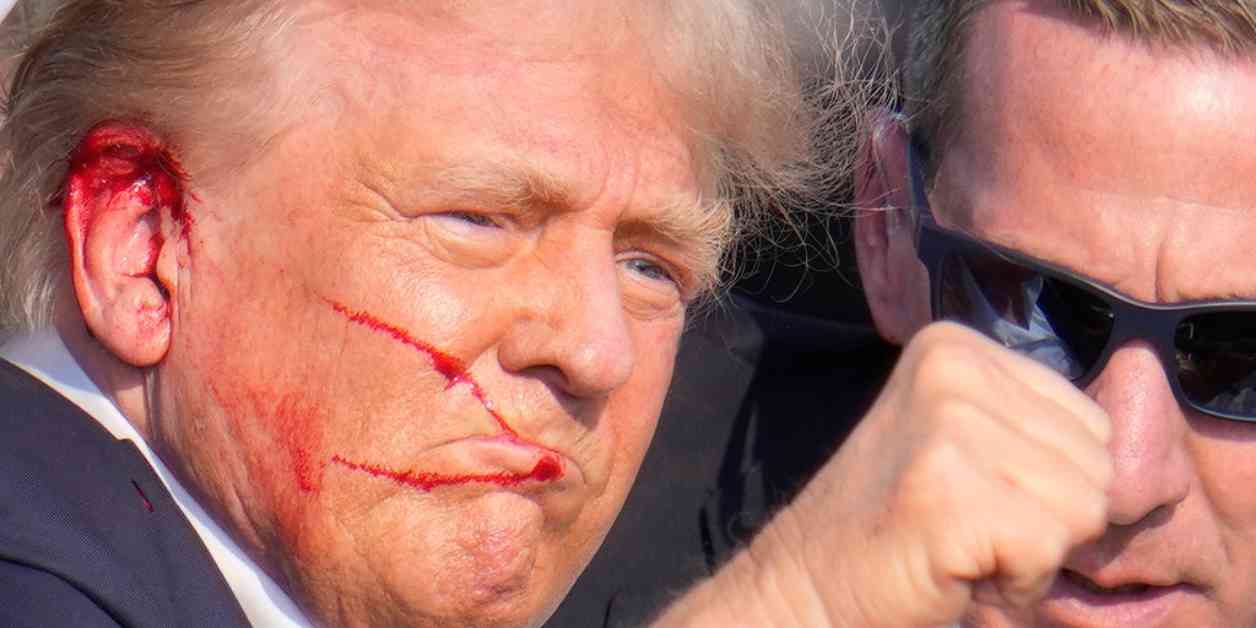A recent analysis of the attempted assassination of former President Trump at a campaign rally on July 13 has revealed new insights into the incident. The New York Times reported that the trajectory of the bullets fired by the gunman, Thomas Matthew Crooks, suggests that the first shot grazed Trump’s ear. This contradicts FBI Director Christopher Wray’s testimony, where he suggested it may have been debris that hit Trump’s ear.
The analysis also indicated that at least three of the shots fired came close to seriously injuring the former president. Trump himself has maintained that he was struck by a bullet during the attack, and a memo from former presidential physician Dr. Ronny Jackson supported this claim.
Dr. Jackson, who served as an Emergency Medicine physician in the U.S. Navy, stated that there is no evidence to suggest that anything other than a bullet hit Trump’s ear. He criticized Director Wray for his comments during a House hearing, calling them wrong and inappropriate.
The conflicting accounts have led to a heated exchange between Trump and Wray, with Trump questioning the FBI director’s assessment of the incident. House Speaker Mike Johnson also weighed in, stating that the evidence supports the conclusion that a bullet went through Trump’s ear.
While the FBI continues to investigate the motive behind the assassination attempt, the focus remains on the reclusive gunman, Thomas Matthew Crooks. The Shooting Reconstruction Team is still examining evidence from the scene, including recovered bullet fragments.
The attack resulted in the death of one of Trump’s supporters and serious injuries to two others. The FBI has described the shooting as a heinous attack and is dedicated to uncovering all the details surrounding the incident.
As the investigation unfolds, it is essential to clarify the facts surrounding the attempted assassination and ensure that the truth is revealed. The conflicting reports highlight the complexity of the case and the importance of a thorough and accurate investigation into the events that unfolded on that fateful day.



